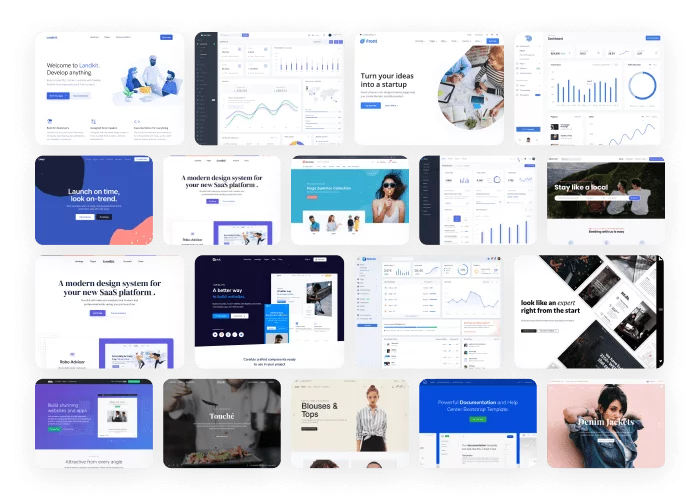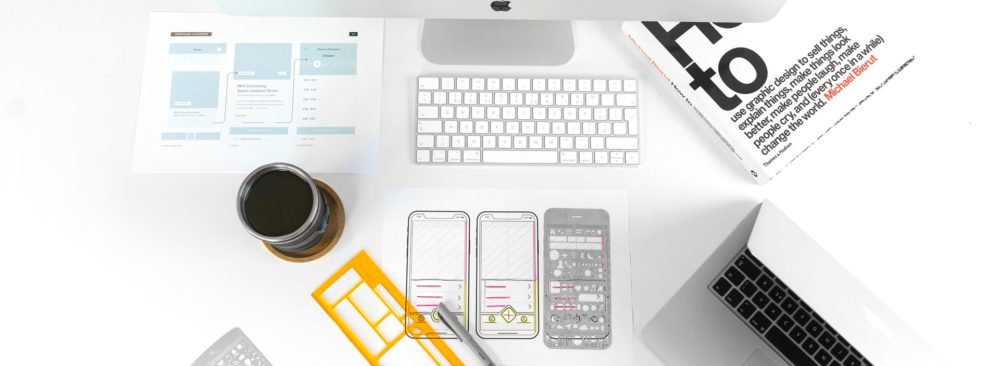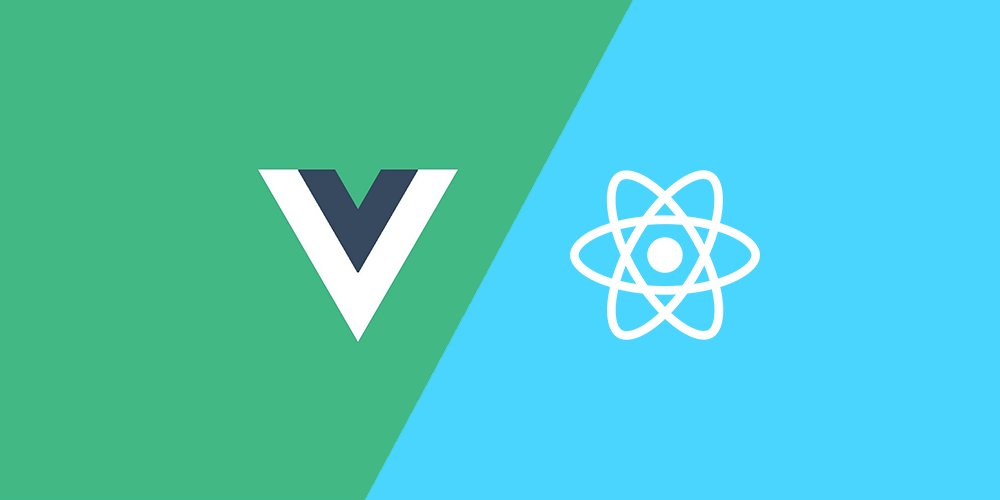The best software in the world isn’t very helpful if users don’t understand how to use it. In addition to making software more intuitive, user experience-driven design can increase retention, encourage upgrades and improve the bottom line. Hiring a dedicated team is a sure-fire way to improve the user experience, but fortunately, there are some shortcuts.
CSS and JavaScript frameworks have simplified user interface design by handling a lot of the boilerplate code and creating code conventions. These tools can help create prototypes that are functional enough for users without the overhead of hiring a dedicated design team while enabling designers and developers to dramatically improve their efficiency.
Let’s take a closer look at these frameworks and how they can help streamline user interface design for your applications.
The best software in the world isn’t very helpful if users don’t understand how to use it—the good news is that UX frameworks can help! Share on XHow Frameworks Can Help
Modern CSS frameworks make it easy to streamline the development of user interfaces by providing baseline stylesheets and scripts. With these standards in place, designers have a starting point for building user interface elements, such as buttons or grids, and developers can more readily convert their designs into code—even automatically in some cases!
In addition to simplifying UI design, these frameworks enable developers to create acceptable designs using unmodified baseline styles. This is extremely helpful when building prototypes that are sufficient for user testing before achieving product-market fit. You can keep costs low when the product is still in flux and maximize the budget when it is production-ready.
Some popular CSS frameworks include:
- Bootstrap: Bootstrap is one of the original CSS frameworks with one of the most comprehensive sets of prebuilt components and available plugins.
- Tailwind: Tailwind is a utility-first CSS framework that enables developers to use classes that can be composed to build any design, directly in your markup.
- Materialize: Materialize is a modern responsive frontend framework based on Material Design principles.
- Foundation: Foundation is a popular frontend framework that’s especially notable for its email framework for building responsive emails.
- Bulma: Bulma is a CSS framework that uses utilities, syntax modifiers and other techniques to quickly and easily build attractive apps.

Many CSS Frameworks Offer Pre-Built Themes - Source: Bootstrap
Each of these frameworks has advantages and disadvantages. For instance, Tailwind uses in-line CSS styles to build interfaces, making it easy for developers to incrementally add design elements like rounded corners or borders without a frontend designer having to create custom stylesheets. The drawback is that the HTML can become a bit unwieldy.
Some popular JavaScript frameworks include:
- Stimulus: Stimulus is a JavaScript framework that augments HTML with enough behavior to make it shine without taking over your frontend.
- Alpine: Alpine offers the reactive and declarative nature of bigger frameworks, like React or Vue, at a much lower cost.
- Feathers: Feathers is a JavaSCript framework for creating real-time applications and REST APIs using JavaScript or TypeScript.
Like their CSS counterparts, these JavaScript frameworks make it easier to add JavaScript functionality and enhance the user experience. Rather than writing a lot of vanilla JavaScript or using a full-fledged SPA framework like React, these frameworks provide enough structure to meet most requirements without a lot of setup and overhead.
Going Deeper Over Time
The popularity of CSS frameworks—and Bootstrap in particular—has led to an explosion of web applications using them. Unfortunately, without any design customization, many of these applications look similar. Custom design may not be imperative for a prototype application, but it can have a negative impact on production applications.
Design teams can help round out designs with:
- Color Palettes: Color palettes can make an application more attractive and consistent while influencing subconscious opinions.
- Font Pairings: Typography provides a visual hierarchy, helps balance a page and sets the tone for the overall design.
- Illustrations: Illustrations can help convey what an application or business does and influences the overall tone.
Depending on the direction of the application, small JavaScript frameworks can also become cumbersome to maintain. For example, if your development team is building a router within a framework like Stimulus, it might be time to consider migrating to a full-fledged frontend framework like React or Vue to minimize the long-term overhead.
The good news is that most CSS and JavaScript frameworks were built to be extensible. For example, Tailwind makes it easy to create custom utility classes and works with preprocessors to optimize the code for production. These characteristics mean that it can be used for prototypes just as much as it can be used for high-volume production applications.
Outsourcing UI/UX Work
Many Agile projects begin their lives as a minimum viable product, or MVP, which tends to be a minimal set of features and requirements. While CSS and JavaScript frameworks can minimize cost and effort at these stages, successful projects will inevitably require design expertise and code refactoring to reach a production-ready state.
The average full-time salary for a UX design specialist is upwards of $100,000 per year, according to GlassDoor, which can be a significant commitment for smaller organizations. Of course, design is such an integral part of an application that it can be hard to outsource without a high level of communication and trust with the partner organization.
Sharkbyte specializes in intuitive UX consultation to help ensure that your applications are intuitive and easy to use. If you need help migrating to a production-ready state, our team augmentation services can provide senior-level support and accomplish things like a migration to React, Vue or Angular to decrease maintenance requirements.
Contact us today to discuss your project!
The Bottom Line
User experience-driven design is an important way to set the right time for your application and ensure that users know how to use it. While it can be expensive to hire dedicated UX designers, modern CSS and JavaScript frameworks have made it easier to build intuitive prototypes that are scalable to production-level applications.
If you need help developing a solid UX strategy, Sharkbyte can help with everything from custom application development to team augmentation. Contact us today!



